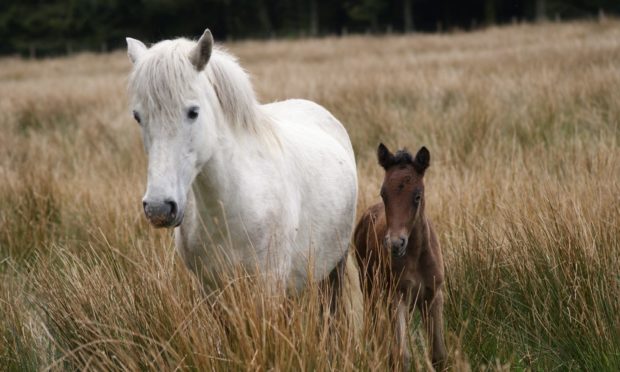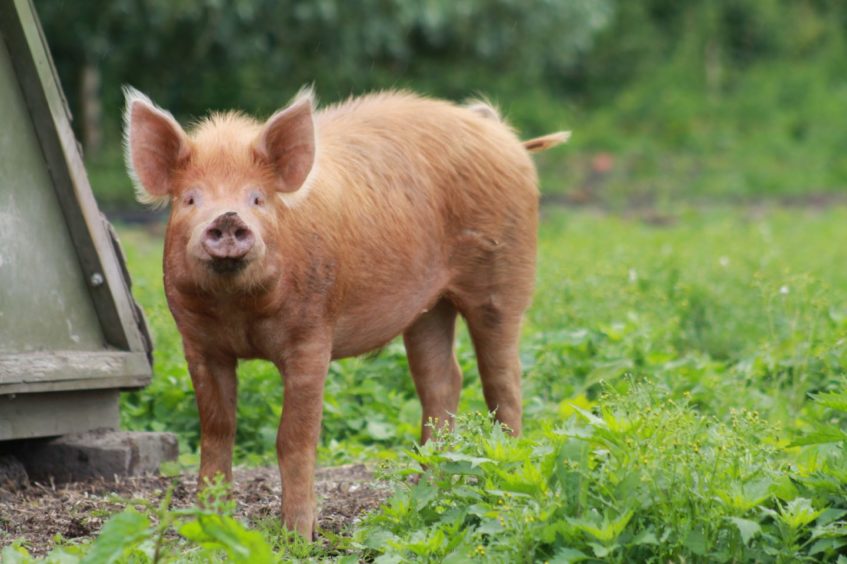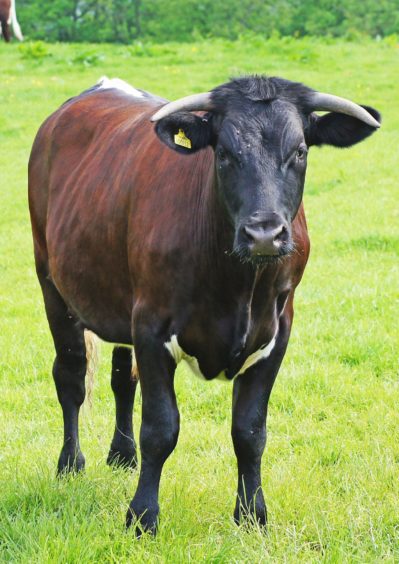Eriskay ponies, Tamworth pigs and Gloucester cattle are among the most vulnerable British breeds identified in the latest watch list published by the Rare Breeds Survival Trust (RBST).
Very low populations and a lack of genetic diversity mean they have been classed as priority “at risk” breeds.
In 2020 only seven female Eriskay ponies – the small, strong working ponies from the Western Isles – were registered , up just two since 2018, with just six herds registering progeny.
Tamworth pigs, which are the closest living relative of the Old English Forest Pig, saw a decline in numbers last year, with only 29 herds registering offspring, down from 66 in 2010 . Female registrations in 2020 were 125, down from 268 in 2010.
And Gloucester cattle, the breed which was used in the earliest vaccine experiments in 1796, have declined significantly from 54 herds in 2006 to 27 herds in 2020.
However, RBST, which monitors and works to secure the future of rare and native livestock and equine breeds, says the outlook for many breeds on their lists has remained broadly unchanged in the last year, and a growing number of farmers and smallholders now recognise the commercial potential of non-mainstream livestock.
RBST chief executive Christopher Price said: “Farming with rare and native breeds has become increasingly attractive over the past few years, as consumers place a premium on great tasting, locally sourced meat that is kind to the natural environmental and based around high standards of animal welfare.
“At the same time, we have seen Government policy starting to reflect the value of our native breeds to maintaining our natural environment and promoting biodiversity.”
Some breeds are enjoying an improving outlook for their survival, including traditional Hereford cattle and British White cattle, Oxford Sandy and Black pigs, New Forest ponies, Bagot goats and Golden Guernsey goats, Leicester Longwool sheep, Boreray sheep and Greyface Dartmoor sheep.


